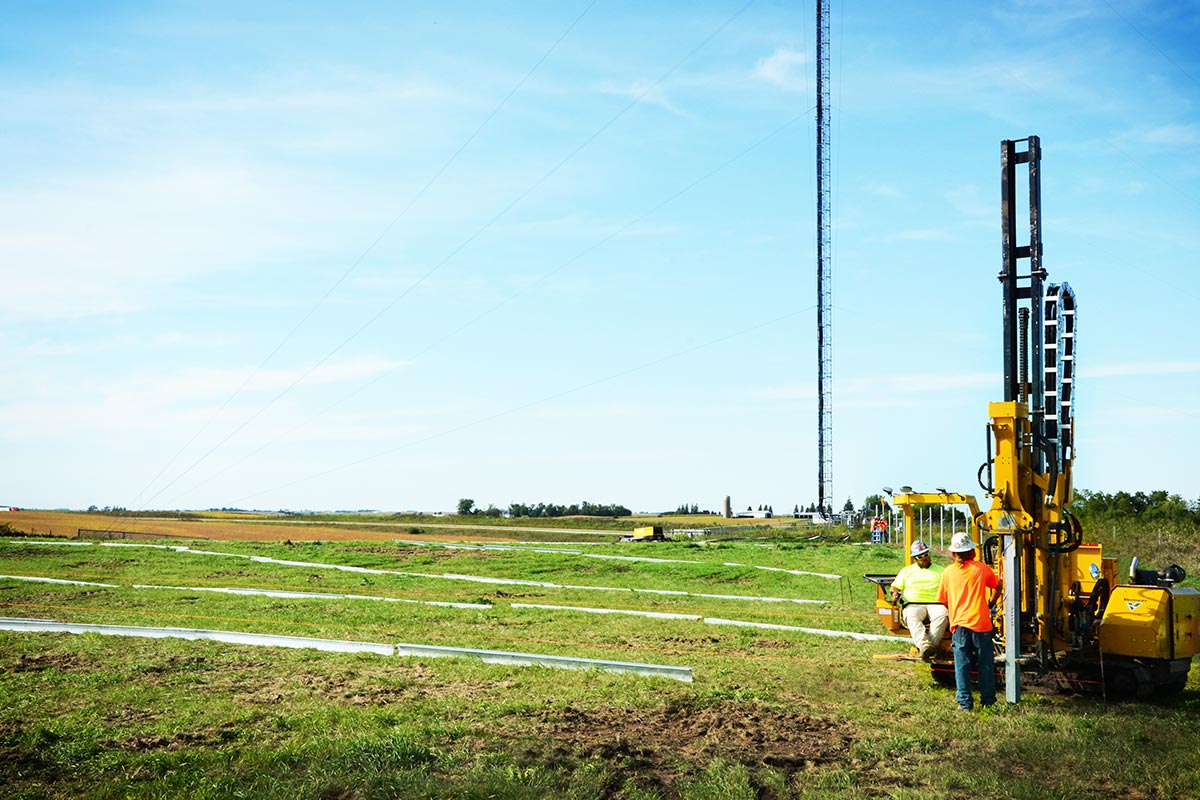The Australian utility-scale solar market has been gaining momentum, and increasing competition amongst engineering, procurement and construction (EPC) contractors is leading to demands for top-in-class piling services. In order to meet these demands Sequentia Services has taken a holistic approach to the market, selecting equipment and a supplier that allows them to exceed client expectations despite Australia’s challenging installation environments.
Sequentia Services specialises in servicing the largescale solar farm and the utilities construction sector. On solar farms, its primary focus is the installation of piles that support the arrays of solar panels.
A holistic approach to machine selection
Eamon Doyle, Managing Director at Sequentia Services, said the company took a holistic approach to the market and the services it provides when building its piling fleet.
Among the key considerations that were taken into account were:
»» The machines needed to get the job done effectively in varying ground conditions while meeting piling tolerances and velocity rates
»» With its wide client base, the supplier needed to be able to provide excellent support no matter the project location
»» The machinery needed to be robust in order to handle the harsh nature of percussive pile driving and solar farm environments
»» Machine availability and utilisation needed to be high, with the supplier having trained staff and carrying the right parts in the right locations
“After evaluating the products on offer we felt like two manufacturers’ piling equipment stood out. In the end the choice to go with Vermeer was made on what we believe to be the lowest cost per pile installed over the life of the machine,” Mr Doyle said.
“The Vermeer PD10 is our piling machine of choice. The PD10 is a high frequency, high impact hydraulic hammer driven piling machine. It is capable of being operated from a ROPS compliant operators station, or remotely via a hand held controller. With our longest mast sections we can handle piles up to six meters in length. An auto plumb feature brings the pile to a true vertical position easing the operating teams workload.
“Vermeer also has the ability to respond quickly anywhere in Australia. It has a network of branches across the country as well online monitoring tools with features such as machine hours, any faults that may be happening or have been logged, location, fuel consumption, notifications on upcoming scheduled and planned maintenance events, updates and access to the operation, parts and service literature.”
Improving productivity in rough terrain
Sequentia Services is currently delivering a project for Catcon in Port Augusta, South Australia. The solar farm is being delivered over three stages, requiring a total installation of over 160,000
piles. Once complete it will have an overall capacity of 300MW.
Mr Doyle said the PD10 has proven particularly effective in handling the rough terrain of Port Augusta which is uneven and cannot be altered.
“The PD10’s broad ground cover, wide tracks and levelling abilities has allowed the piling production to reach the best possible production rates for the conditions,” Mr Doyle said.
“The temperature in this region can top 48°C; having a machine whereby we can take the stresses off the crew by having them seated, using electric controlled joysticks rather than levers acting
directly on hydraulic control valves is valuable.
“Also on this uneven ground, the auto plumb feature is priceless, saving time and producing the accuracy required. The auto plumb has been working overtime, with significant adjustments of the
mast positions every pile, and the varying subsoil conditions across the site meaning piling has required more force.
“Combined with its high piling force, this all means we can be more productive over the long run.”
Click here to read the full article in the March edition of the Energy Magazine.

 MyDealer:
MyDealer: